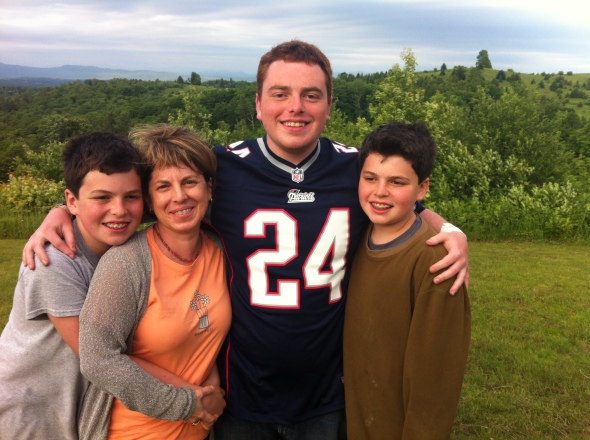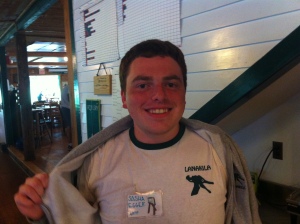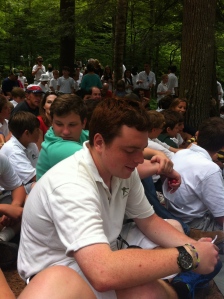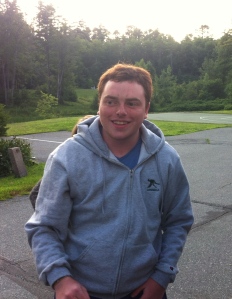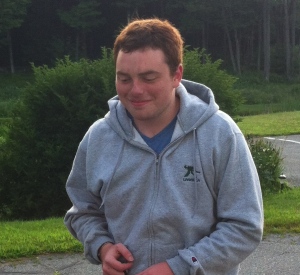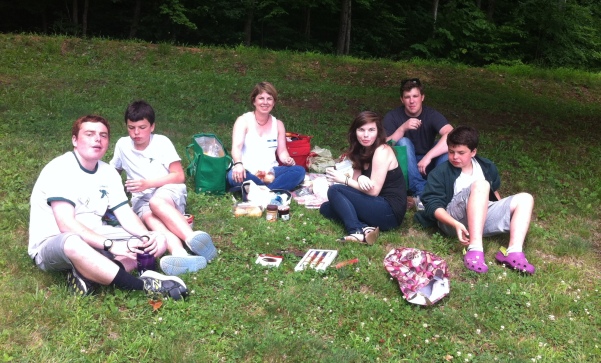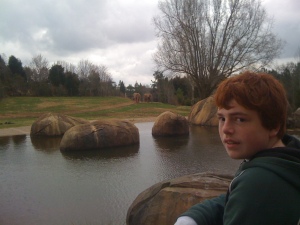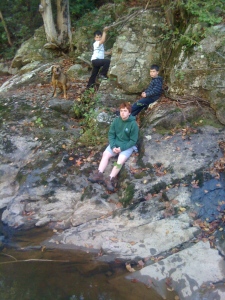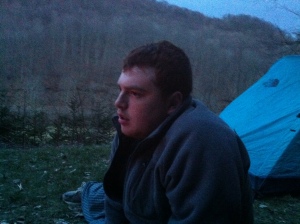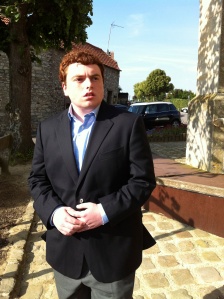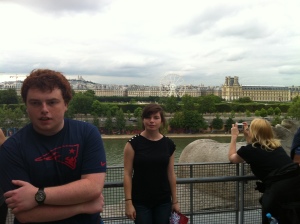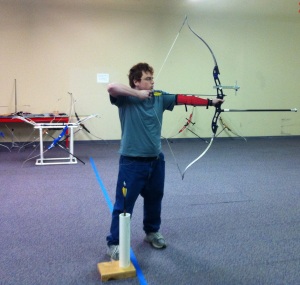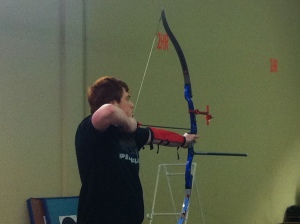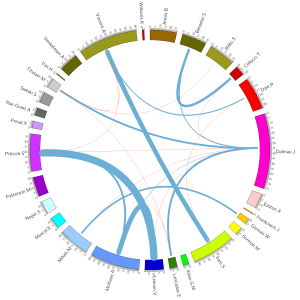The Hill Center Senior Graduation Dinner was scheduled for 6:30 pm on Thursday May 15, at the Hope Valley Country Club. It is intended to be a semi-formal jacket-and-tie affair for students, their parents, and their teachers.
Sasha looked particularly handsome as we climbed into my truck for the 15-minute drive. If you haven’t seen Sasha in a while, he has recovered his former strength and conditioning through intense physical training, and has lost 47 pounds since February 2012. He even smiles now and then. Recent tests confirm that his heart, lungs and bone marrow have suffered no permanent ill effects to date from years of intensive chemotherapy. He currently has no symptoms of disease. He is scheduled to begin work as a Counselor June 16 at Camp Lanakila in Vermont – his dream job.
And Sasha is graduating not only from the Hill Center program (four years of three classes each day – English, Spanish, and Mathematics) but from High School as well.
Sasha has spent more than 12 months in the hospital since January 2009. During the 2010-11 school year, he missed more than 50 days of school for hospital-based chemotherapy and tests. And he was unable to do any academic work at all – in fact lost the ability to read – during the major crisis from August 2011 to February 2012.
That Sasha is graduating from high school after only five years speaks to his extraordinary will, tenacity, resilience, and courageous determination to fight his way back to normal life.
Meeting his very last High School requirement – a Physical Science with Lab – turned out to be the toughest. He took a college level Introductory Chemistry course at Durham Tech. Overwhelmed students continually dropped the course, so as enrollment fell from more than 20 down to 8, Sasha’s lab partners melted away, and in the end he was reduced to doing his final lab as a team of one. It was stressful and a source of continual worry, but throughout it all he maintained an A average.
All this was running through my mind about ten minutes into our drive down Hope Valley Road, when, as we approached the corner of Hope Valley and Martin Luther King Boulevard, Sasha’s phone alarm went off — a tornado warning. If you’ve ever seen tornado clouds, you know that they are distinguished, even in the absence of a funnel, by their strange color. I looked up and said, “Yes, that’s the exact shade of green you see only in tornados.” At that moment the air became full of flying debris. The banging was incredibly loud as pieces of wood from shredded trees struck the truck. I pulled over and stopped. A large tree about one hundred feet ahead of us flew sideways into the road and sliced through all four electric lines on a pole next to it, and a live wire arced in spectacular fashion to the ground, sending sparks into the air like a welders torch. The wind was not coming from any particular direction but from many at once, strong enough to bounce our big truck from side-to-side. Helen screamed in the back seat. Sasha, in front, remained calm and kneeled under the dashboard. Then there was a blinding flash of white light directly in front of us as a transformer exploded. Then it was over. The air lightened and the winds were calm. The whole episode had lasted 20 or 30 seconds at most.
Trees limbs blocked the right lane of Hope Valley Road. We had just been in a tornado. (The National Weather Service later confirmed that an F1 tornado touched down at the corner of Hope Valley Road and Martin Luther King Boulevard). So then the question was: Do we go home, and miss the dinner, or drive on, over the fallen wires and broken branches, past the cars with roofs smashed in and windows blown out, and go to the Country Club for dinner?
After a minute to take our own pulse, we called home, where the rest of the family (including our new puppy already named Tornado) were sheltering safely in the basement. We decided to drive on. When we arrived at the Country Club, the power was of course out (the exploded transformer), and the Club had no backup generator. The Hill Center families who had arrived before the tornado were sheltering in a gloomy sub-basement. Eventually we all moved upstairs to eat, as the food had already been prepared, but the power never did come back on. We ate dinner in near total darkness, a few candles on each table providing enough light to distinguish salad from chicken from cake, etc. Overall, the event was more fun than I had originally expected.
On the drive home I thought about what an obvious metaphor this all was. We were in the eye of the tornado. We saw and heard things few others experience. Then we carried on as if nothing were out of the ordinary. The other guests talked about the tornado vaguely, as something far away.

